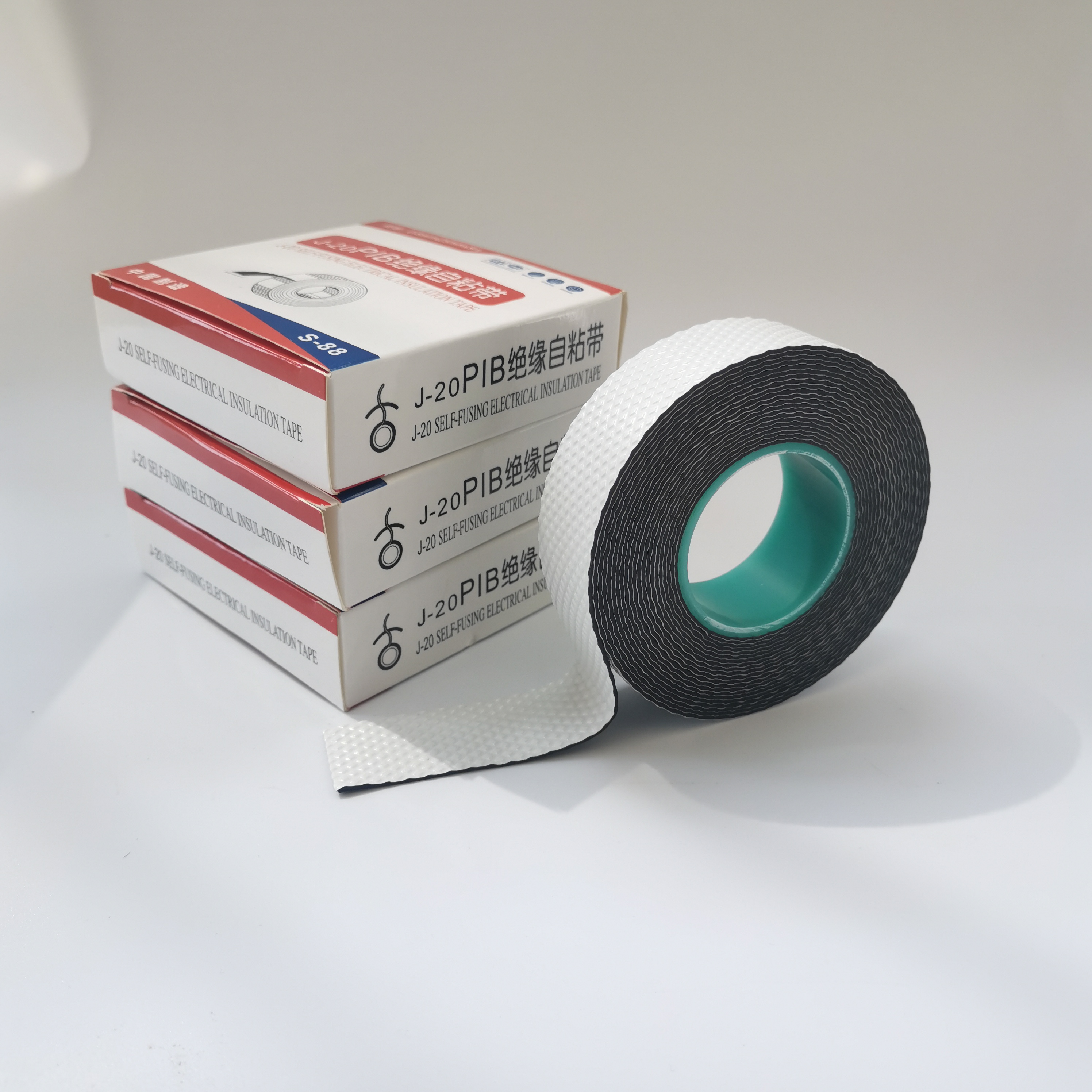Floor Marking Tape Specification A Comprehensive Guide
Floor marking tape plays a crucial role in organizing and optimizing spaces, especially in industrial and commercial environments. It serves various purposes, including safety, workflow management, and compliance with regulations. Understanding the specifications of floor marking tape is essential for choosing the right type for your needs.
1. Material Composition
The material used in floor marking tape significantly impacts its durability and performance. Typically, high-quality tapes are made from vinyl, which is known for its strength and flexibility. Vinyl tape can withstand heavy foot traffic, making it an ideal choice for warehouses and manufacturing plants. Another common material is polyester, which offers excellent resistance to abrasion, chemicals, and UV light, ensuring the markings remain visible over time. Additionally, some tapes feature a lamination layer for enhanced durability and protection against wear and tear.
2. Adhesive Strength
Strong adhesive properties are vital for floor marking tape, as it needs to adhere securely to various surfaces, including concrete, wood, and tile. The adhesive should provide a firm grip that prevents the tape from lifting or curling under pressure. Pressure-sensitive adhesives are popular for their ease of application and removal. However, it’s important to select an adhesive that is suitable for your specific flooring type, as some surfaces might require specialty adhesives to achieve optimal bonding.
Floor marking tapes come in various thicknesses and widths, typically ranging from 1 inch to 3 inches in width and 0.015 inches to 0.035 inches in thickness. Thicker tapes provide increased durability but may be less flexible when applying to curved surfaces. Conversely, thinner tapes might be better suited for applications requiring sharp turns or easy manoeuvring around tight spaces. The width of the tape can also influence visibility; wider tapes tend to be more noticeable, which is advantageous in safety-critical environments.
floor marking tape specification

4. Color and Visibility
Floor marking safety standards often dictate the use of specific colors for different applications. For instance, yellow is commonly used for caution, while red often signifies danger or stop points. The visibility of the tape is further enhanced by its reflective properties. Some floor marking tapes include reflective strips that make them visible in low-light conditions, which is particularly useful in warehouses or outdoor settings. Choosing the right color and visibility level is essential not only for compliance but also for ensuring safety and efficient workflow.
5. Longevity and Resistance
In high-traffic environments, the longevity of floor marking tape is paramount. Quality tapes are designed to endure wear and tear, withstanding heavy machinery and frequent foot traffic without losing their effectiveness. Additionally, resistance to chemicals, moisture, and temperature fluctuations is crucial for maintaining the tape's integrity over time. Some manufacturers offer tapes that are specifically designed to be waterproof, making them suitable for areas prone to spills or exposure to cleaning chemicals.
6. Application and Removal
Ease of application is another critical specification. Most floor marking tapes feature a peel-and-stick design, allowing for quick installation without the need for additional adhesives or tools. However, proper surface preparation is essential to ensure the tape adheres successfully. When it comes time for removal, it should be manageable without leaving behind sticky residue or damaging the underlying surface. Tapes designed for temporary applications should have a lower adhesion strength to facilitate easy removal.
Conclusion
Selecting the right floor marking tape involves understanding its specifications, including material composition, adhesive strength, thickness, visibility, longevity, and ease of application. By considering these factors, businesses can choose the ideal tape to enhance safety, improve workflow efficiency, and remain compliant with industry standards. Properly marked floors not only streamline operations but also create a safer working environment, reflecting a commitment to quality and safety.
-
XIANGFAN Rubber Tape-Ultimate Solutions for All Your Insulation NeedsNewsJun.24,2025
-
XIANGFAN Rubber Tape-Protection for Industrial and Residential ApplicationsNewsJun.24,2025
-
XIANGFAN Rubber Tape: Superior Safety and Sealing for Demanding EnvironmentsNewsJun.24,2025
-
XIANGFAN Rubber Tape: Reliable Solutions for Every Electrical ChallengeNewsJun.24,2025
-
XIANGFAN Electrical & Industrial Tape: Powering Reliability Across IndustriesNewsJun.24,2025
-
XIANGFAN Electrical & Industrial Tape: Excellence in Every ApplicationNewsJun.24,2025
